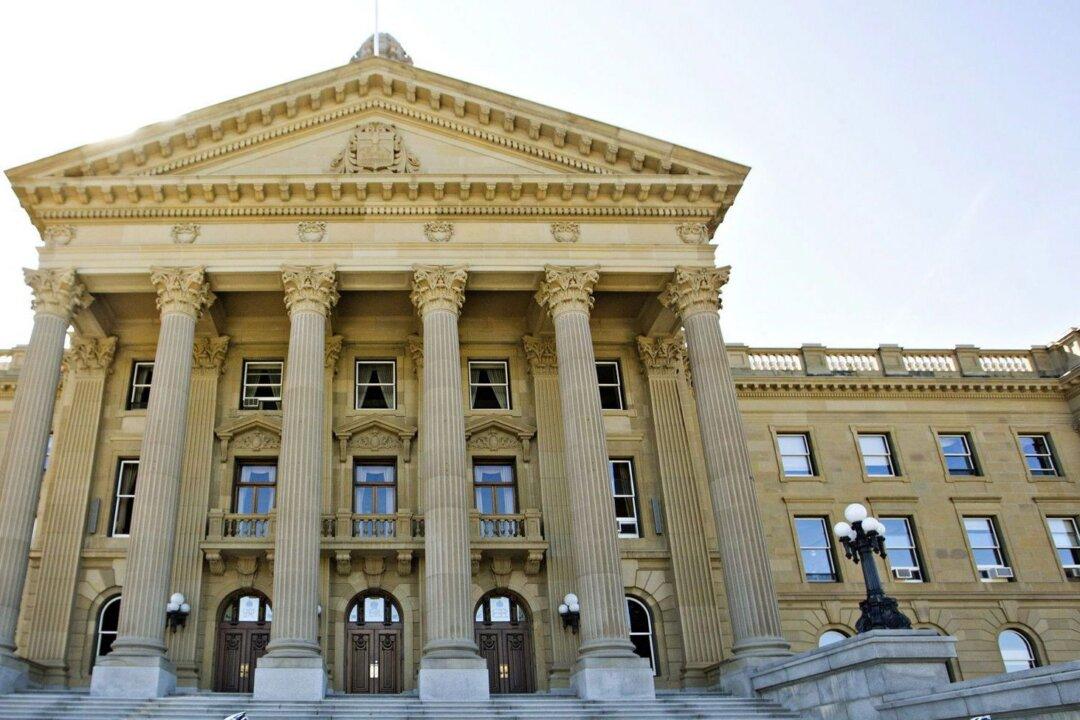Whether it is Danielle Smith’s United Conservative Party (UCP) in power, or Rachel Notley’s New Democrat Party (NDP) at the helm of the province, it seems Alberta is poised to have another majority government after the May 29 election, according to a summary of electoral projections.
In the 2019 election, Alberta voters went to the polls and gave 63 seats to the UCP and 24 seats to the NDP. This time around, polls don’t project any seat possibilities for parties other than the two front-runners.





